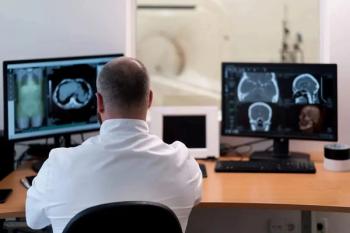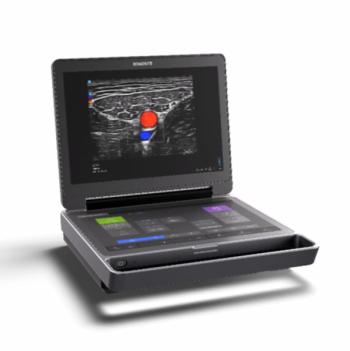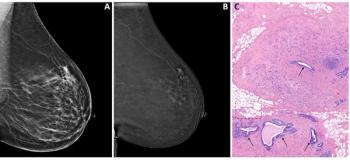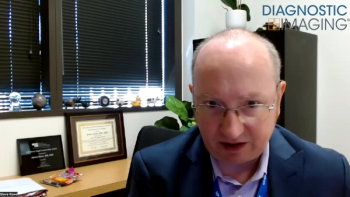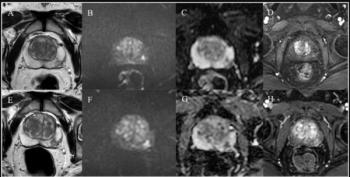
Neuroimaging in the ED for Seizures Not Required as Often
Neuroimaging for nonindex seizures, based on clinical factors at presentation, could decrease imaging frequency with minimal loss of yield.
Neuroimaging frequency in the emergency department (ED) for patients presenting with seizures could be reduced with minimal loss of yield, according to a study published in the journal
Researchers from VA Portland Health Care System in Oregon sought to determine the frequency and yield of neuroimaging in patients with known seizure disorders presenting to the ED with recurrent (nonindex) seizures.
The researchers reviewed 822 consecutive ED visits for nonindex seizures, abstracting details of the clinical presentation, whether neuroimaging was obtained, the results of neuroimaging, and the results of previous neuroimaging studies, when available. They then determined whether ED neuroimaging led to an acute change in patient management (yield). Clinical factors associated with obtaining ED neuroimaging, and with the yield of neuroimaging, were evaluated by multivariate logistic regression.
The results showed that 78 percent of ED seizure visits were for nonindex seizures. Neuroimaging was obtained in 381 of 822 nonindex seizure visits (46 percent). Of these, 11 imaging studies (3 percent) led to an acute change in patient management, eight (2 percent) after excluding falseâpositive scans. Acute head trauma, prolonged alteration of consciousness, and a focal neurologic examination at presentation were associated with an increased yield of ED neuroimaging. Absent any of these three clinical factors the true positive yield of neuroimaging was zero.
The researchers concluded that whole ED neuroimaging was performed in nearly half of all patients presenting with nonindex seizures, a more conservative use of ED neuroimaging for nonindex seizures, based on clinical factors at presentation, could decrease imaging frequency with minimal loss of yield.
Newsletter
Stay at the forefront of radiology with the Diagnostic Imaging newsletter, delivering the latest news, clinical insights, and imaging advancements for today’s radiologists.

